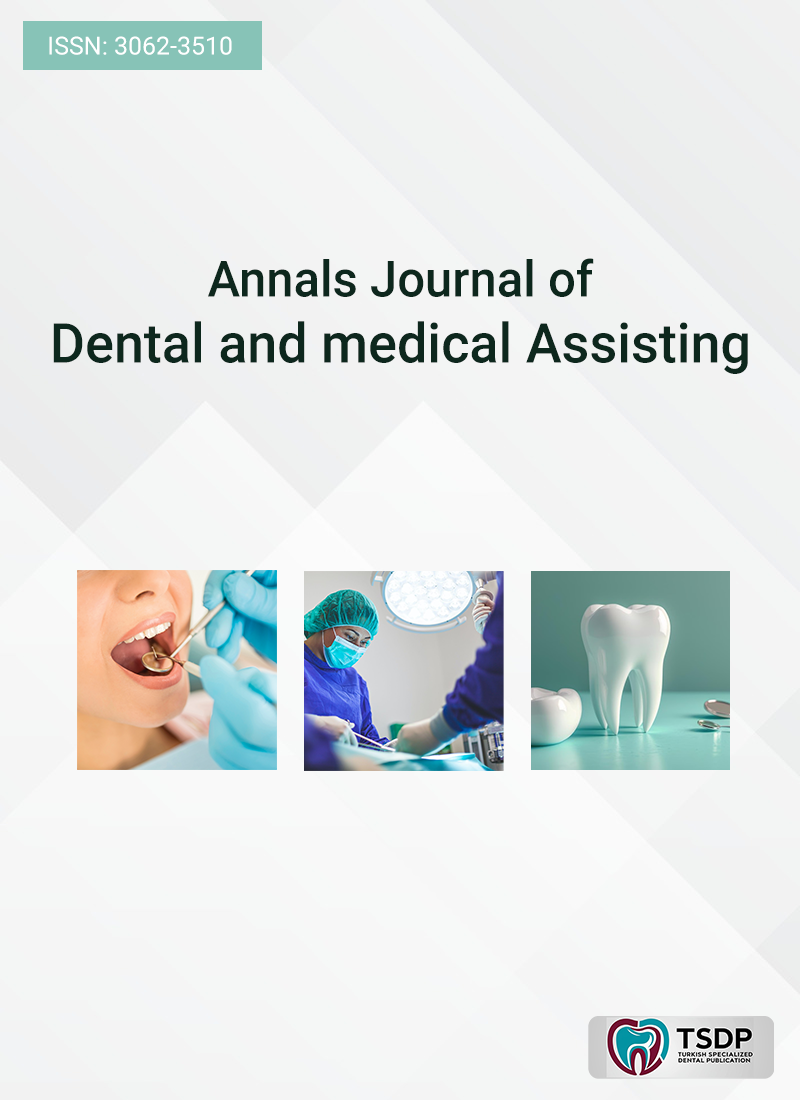
Bony or soft tissue injuries, such as tooth root fractures, maxillary tuberosity fractures, or root displacement into anatomical spaces, can occur during both complex and simple extraction procedures. A competent professional who is more at ease handling these surgical difficulties can handle them. The objectives include assessing the quality of care in universities, government-owned hospitals, and private facilities, evaluating the competency of dental postgraduates and general practitioners, and listing the most frequent complications, their causes, and the part that a practitioner's experience plays in averting complications. The sample size for this cross-sectional observational study was 313 graduate and general dentists. The participants were given a Google Form to complete to apply the results to the comparison tables. Each participant responded to a complete and verified questionnaire. Dental postgraduates and general practitioners who are currently working throughout Saudi Arabia are eligible to apply. SPSS version 2020, regression, one-way analysis, and descriptive data (mean and standard deviation) were used to analyze the collected data. The majority of participants (61%) were from the academic setting, and the response rate was 100%. When it came to performing the basic extractions, practitioners were more confident (89.8%). Responders with less trust in their ability to perform surgical extractions were more prevalent (52.1%). Among postgraduate and general practitioner dentists, there was a strong relationship between the practitioner's degree of confidence and the lower number of procedural difficulties during surgical tooth extraction.